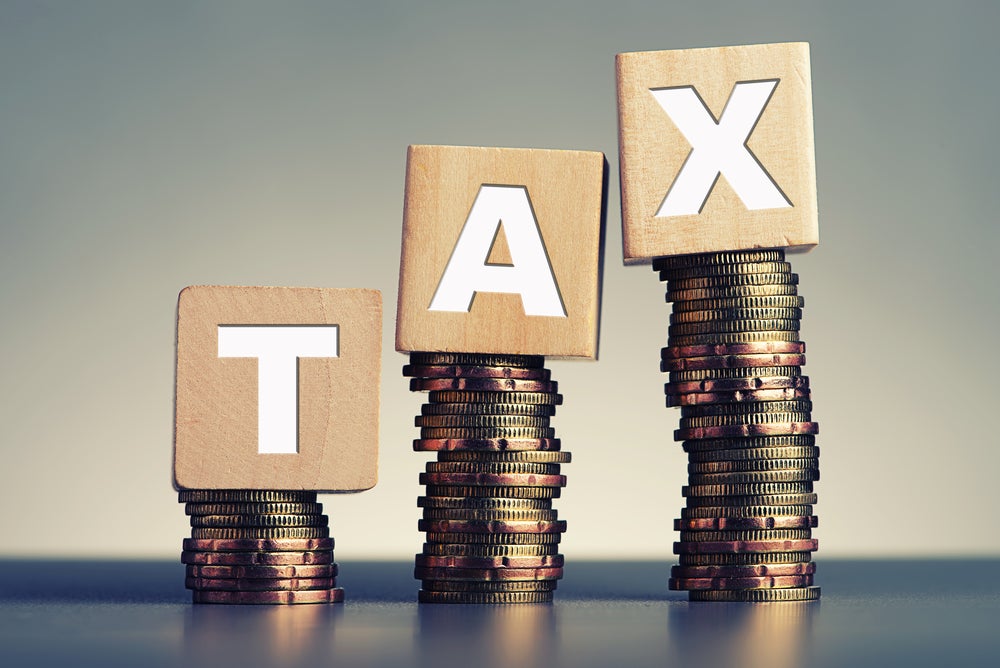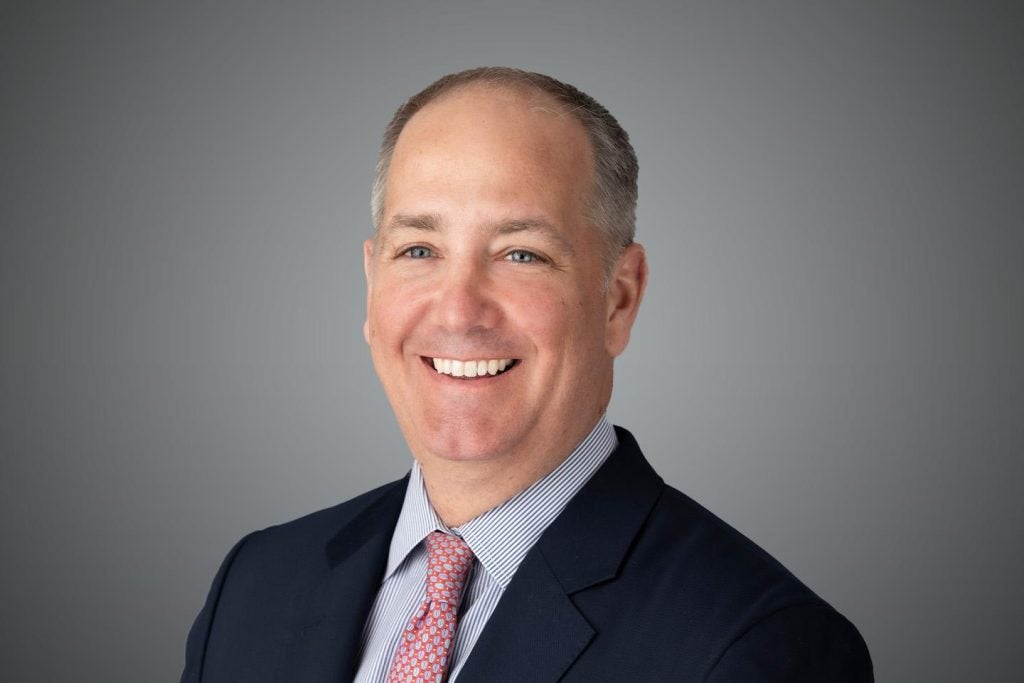
Inheritance tax has been hitting headlines recently.
The interest was sparked by a group of more than 50 Conservative MPs lobbying for its abolition. Former chancellor Nadhim Zahawi is heading up the campaign, having branded inheritance tax both “morally wrong” and “that other spectre that haunts us alongside death”. Former business secretary Jacob Rees-Mogg is also lending his support to the campaign, advocating that “death duties are an inefficient form of taxation that is unfair and economically damaging.”
Eradicate inheritance tax?
Both Zahawi and Rees-Mogg form part of the Conservative Growth Group, a caucus of Conservative MPs intending to publish a paper later this month in an attempt to convince the Treasury to eradicate inheritance tax when it releases its Autumn Statement.
The basic inheritance tax threshold (known as the nil rate band) has been frozen at £325,000 ($399,000) since April 2009, with this year’s Spring Budget confirming that the threshold will continue to be fixed until April 2028. A Treasury spokesperson has confirmed that more than 93% of estates are not expected to incur an inheritance tax liability in the coming years, highlighting that the vast majority of estates are not expected to be affected by the frozen threshold. Inheritance tax was intended as a levy on the super-wealthy, but soaring prices of properties and current levels of inflation will begin to drag more and more estates into the position of having to settle an inheritance tax bill; hence why commentators call this approach a ‘stealth’ tax.
Fewer than 4% of estates incurred an inheritance tax liability in the 2019/20 tax year. The Treasury’s recent comments that up to 7% of estates are expected to incur an inheritance tax liability in the coming years would therefore appear to suggest that additional estates will – or may already have started – to be affected by the frozen thresholds. This is in spite of the introduction of the additional inheritance tax threshold relating to the family home (known as the residence nil rate band) in April 2017, a threshold which has also been fixed until April 2028.
Whilst the inheritance tax thresholds have been frozen, the interest charged by HMRC in respect of unpaid inheritance tax bills has more than doubled in the last year, rising to 7%. In stark comparison, the rate of interest paid by HMRC in relation to overpaid tax is only 3.5%. This high rate of interest may have contributed to HMRC’s record high inheritance tax collections of £7.1bn last year, and it is most likely to affect those estates where the main asset is the family home and where there is little else by way of liquid assets available to settle an inheritance tax liability.
How well do you really know your competitors?
Access the most comprehensive Company Profiles on the market, powered by GlobalData. Save hours of research. Gain competitive edge.

Thank you!
Your download email will arrive shortly
Not ready to buy yet? Download a free sample
We are confident about the unique quality of our Company Profiles. However, we want you to make the most beneficial decision for your business, so we offer a free sample that you can download by submitting the below form
By GlobalDataThe wealthy
Some tax specialists and economists have questioned the Conservative Growth Group’s lobby to eliminate inheritance tax, instead proposing an overhaul of the tax. In most circumstances, inheritance tax is paid at a rate of 40% on any value in excess of the available allowances and exemptions.
However, Dan Neidle, founder of Tax Policy Associates, and Paul Johnston, director of the Institute for Fiscal Studies, have both suggested that the very wealthy usually only actually pay half of the 40% rate of tax as a result of the various available exemptions. In comparison, Mr Johnston has suggested that the moderately wealthy, particularly those whose main asset is the family home, will have difficulty avoiding paying inheritance tax. Mr Neidle has agreed that the abolition of inheritance tax would only stand “to benefit the wealthiest 4%”. He has suggested that the current allowances and exemptions should be scrapped, and that the resulting revenues should be used to reduce the rate of inheritance tax for everyone to 25% or even 20%.
Until inheritance tax is abolished or overhauled, one of the simplest and most effective ways to mitigate a liability is to give assets away during one’s lifetime. It is essential that the individual gifting assets must not retain an interest in the gifts, and it is important to ensure that the gifting will not affect the status quo regarding any standard of living. An individual may give away up to £3,000 each tax year without incurring inheritance tax (known as the annual exemption). It is also possible to gift up to £250 per person each tax year (known as the small gift allowance), as long as the recipients have not also benefited from the £3,000 annual exemption. There are additional gifting allowances available for weddings or civil partnerships, with the amount of the allowance being dependent on the relationship between the donor and the recipient.
It is possible to make large gifts in in excess of one’s annual exemptions and allowances. However, if the donor dies within seven years of making such a gift, its value will be included as part of the chargeable estate for inheritance tax purposes. In the event that an individual has surplus income, it may also be possible to make regular gifts free from inheritance tax using the exemption of normal expenditure out of income. For this exemption to apply, one must show that there is sufficient income left to maintain the usual standard of living after the gift has been made, and the pattern of gifting must be maintained over an indefinite period such that it can be classified as “normal”.
Another option would be to invest in assets which might attract business and/or agricultural relief. For instance, unlisted stocks and shares on the Alternative Investment Market, farms, and family businesses.
However, these reliefs are complicated, and several criteria must apply for them to be available on death.
Following the COVID-19 pandemic, the government has borrowed record high amounts. The government is clearly finding ways of servicing this debt by raising taxes. While Jeremy Hunt has promised to lower tax rates before the end of this Government’s term, the increasingly likely chance of Labour’s success and the possibility of an overhaul to inheritance tax has made now as good a time as any to review one’s estate plan.

Cameron Crees is an associate at Collyer Bristow.







